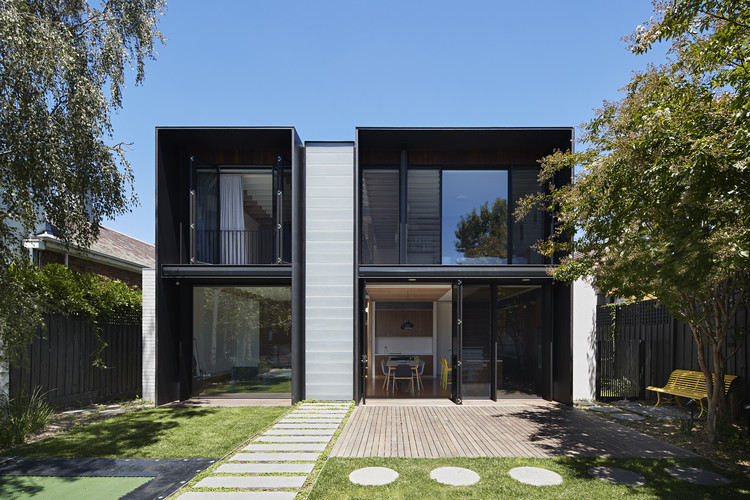
-
Architects: Workshop Architecture
- Area: 270 m²
- Year: 2017
-
Photographs:Shannon McGrath
-
Manufacturers: Miele, Blackbutt, Copenhagen lights, Darkon Lights, Sycamore CC
-
Lead Architect: James Staughton

Text description provided by the architects. Sited to the north of Fawkner Street in South Yarra on a block just over 500 m2, this project is a renovation of the existing double fronted Victorian house and a reworking of the early nineties double story extension. The new works are contained within the shell of the existing house with subtle changes to its front and a complete re-configuration of its rear.





























